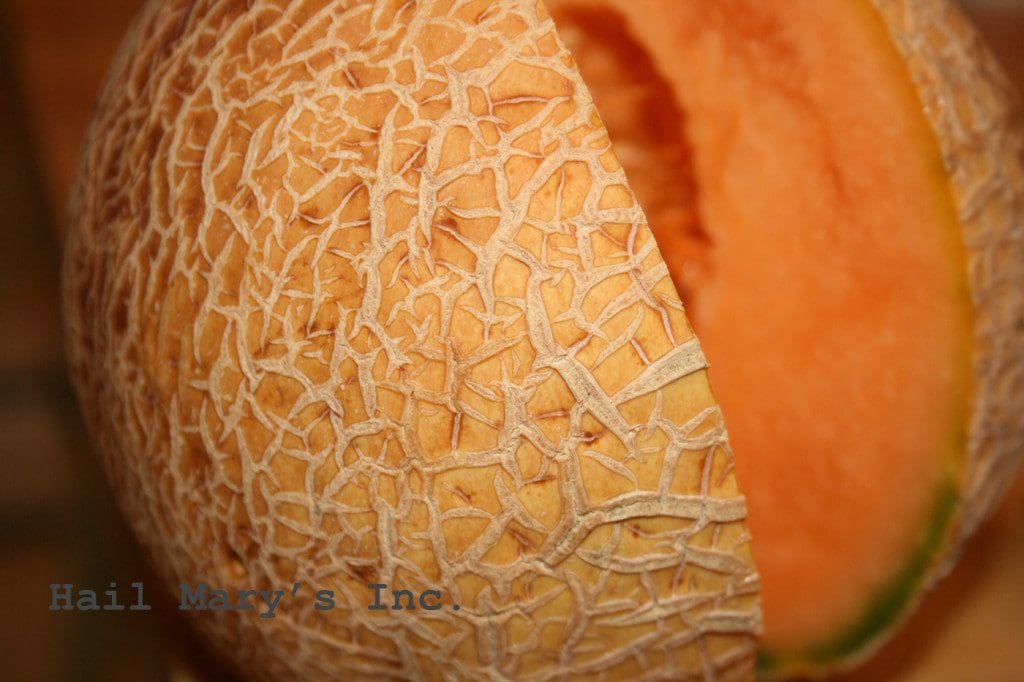Los Angeles, Ca, June 7th, 2015 – Melons-Green, orange and red! They are sweet, mouthwatering and tempt all of your senses.
What is it: Melons are part of the gourd family, they grow on low vines. They’re loaded with Vitamin A and Vitamin C and they even contain a hint of protein. They are best eaten during the summer months.
What to look for: At the peak of freshness, melons smell sweet, stimulate your salivary glands and have no bruises or blemishes. A melon, when it’s ripe, should smell the same on the outside as it does on the inside. As it begins to over ripen, you’ll notice that little gnats and flies tend to circulate above. If you’re going to eat it within a few hours, this is an OK melon to pick. Make sure that the bugs aren’t hovering around a fruit that is bruised or has its meat exposed (definitely stay away from these types of damaged goods). When you buy a melon that has little to no smell, it tends to not ripen, leaving you with a less-than-satisfactory fruit.
Buying: The keys to buying any fruit are to know what it looks/smells like at its peak of ripeness, and when it’s OK to store it in a fridge. All of these factors are imperative to eating the best melon.
Think about when you are going to eat it: Buy your melon according to when you’re going to eat it. There’s nothing worse than a beautiful melon going to waste because you didn’t have time to cut it up and enjoy it. If you grocery shop on a Sunday and want the melon for the next family dinner on Saturday, buy one that is just starting to smell sweet and keep it in a cool, dry place (not in front of a window) until you’re ready to eat it. If you want it to stay good for a few days, stay away from the overly ripe and aromatic melons. Instead, look for one that has a light sweet smell and is in the section of melons with others that have a more potent smell. This will ensure it will ripen.
Storage: Keep your melons out until you’re ready to eat them. The exception is if they are at the peak of ripeness and you’re not ready to eat it just yet. At that point, I would put it in the fridge, but I would be aware that every day it stays in the fridge it will lose a little of its flavor. Another exception is placing the melon in the fridge 20 to 30 minutes before you eat to cool it down. I thoroughly enjoy cold melon on hot summer days, but I don’t want it to lose its sweet flavor.
Don’t forget to follow Chef Mary on Twitter @chefmarymoran
What knife to use: Two knifes are best. The first is a large chef knife to cut into the melon. The second use a small paring knife works well to cut the meat from the fruit after it has been sliced into sections.
Keep your cutting board from slipping: Place a towel under your cutting board. Exposing some of the towel on each side will prevent the juice from spilling onto your counter and also prevents your cutting board from moving while cutting.
A snack: Eat melon as an after-dinner snack, but cut it up before you serve dinner so you don’t have to worry with the mess afterward.
Melons are delicious this time of year, and though we can get them almost year round, they aren’t worth eating in the middle of winter.
What is your favorite melon?
